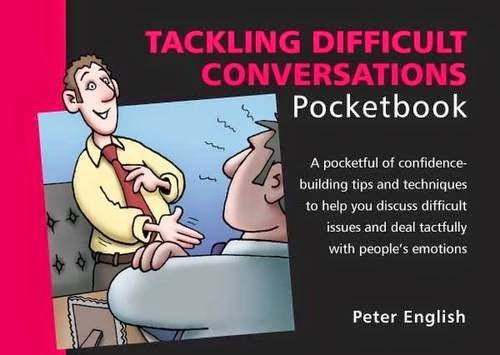Fortunately, if we want to make significant changes in our lives, we don't need to rely on willpower. The trick lies in understanding how our habits work.
Our Lives are 90% Habit
Most of what we do each day is unconscious and habitual. Without our habits we would be faced with an unbearable level of cognitive load and an unmanageable degree of decision-making. But occasionally a bad habit can become established.
If I'm trying to eat less sugar, this is precisely the kind of habit that I need to change, and to do this I need to analyse the components of the habit, namely: the Trigger, the Routine and the Reward.
The Plan
In this case, I've identified that my craving was twofold - for something sugary, and for a treat that makes me feel happy. Here's my plan:
How To Change A Habit
Suppose I want to change my habit of saying 'Oooh, yes please' in response to the question 'Would you like a muffin or a pastry with your coffee today?'If I'm trying to eat less sugar, this is precisely the kind of habit that I need to change, and to do this I need to analyse the components of the habit, namely: the Trigger, the Routine and the Reward.
The Trigger
The trigger is what sets the habit off. In this case, it's easy to identify: being asked whether I would like something tasty and sugary with my coffee.
The Routine
The routine is what we do when our habit is triggered - it's the thing we want to change. Here, the routine is that I immediately scan the counter searching for the freshest, plumpest muffin.
The Reward
With entrenched habits, the reward is often something that satisfies a craving. In this example the obvious craving is for sugar. However, sometimes the craving can be less apparent. Here, the craving might be a desire to be comforted or cheered up (because I've had a difficult day).
Now that I've analysed this particular habit, I need to make a plan. My plan needs to ensure that I still get the reward that I'm after, but in a more healthy way.
In this case, I've identified that my craving was twofold - for something sugary, and for a treat that makes me feel happy. Here's my plan:
I'm going to make sure that I keep some fruit at work (satisfies the sugar cravings).......
....and whenever I walk through the door of a coffee shop I will immediately look for something positive to focus on, that puts a smile on my face (provides a feelgood moment) and say 'not today, thanks!' when I'm asked if I would like something sweet with my coffee.
Tip
It's really important to analyse the habit carefully to identify the precise trigger and the actual craving. Examples of triggers include:- a particular time of day
- being with a certain person
- a specific location
- an event
Examples of cravings include:
- sugar or wheat or caffeine
- wanting to feel in control
- needing to be cheered up
- desire for stimulation or distraction
REFERENCES
The Power of Habit, Random House, 2013



